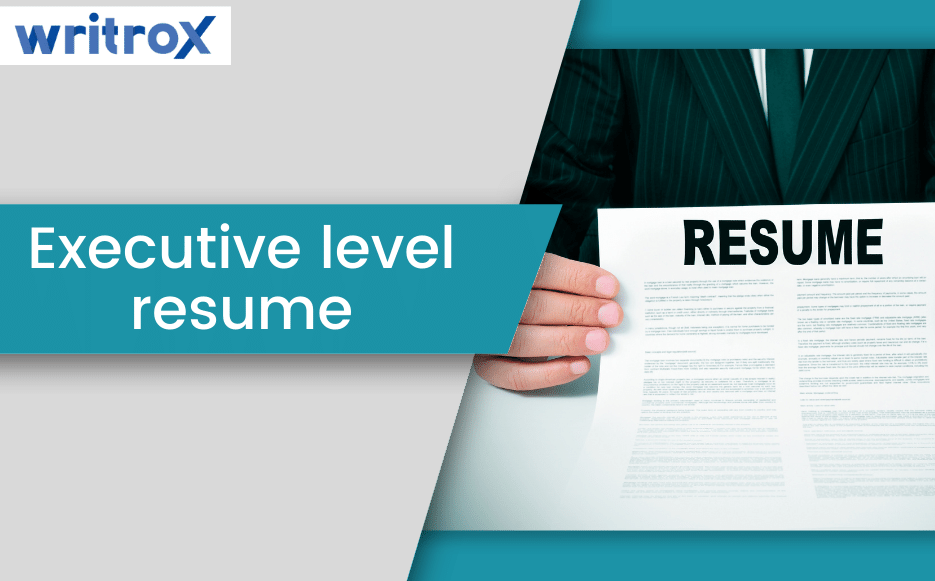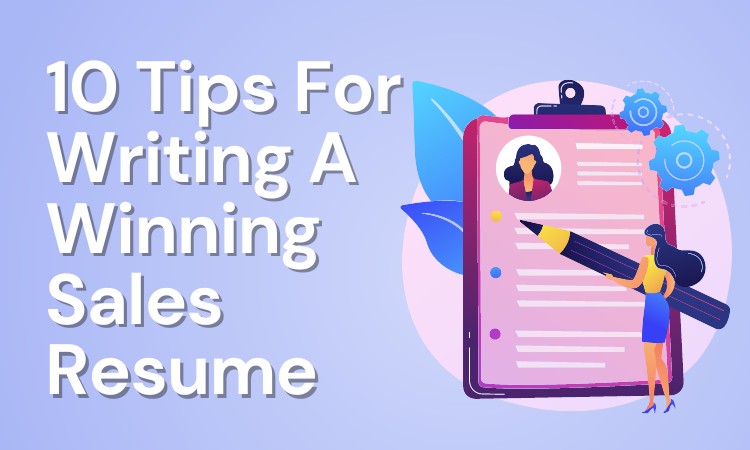What exactly is a LinkedIn profile?
LinkedIn is a professional networking and communication social network similar to Facebook or Twitter. The profile page of a LinkedIn member is akin to an online resume. Users can submit their contact information, a career summary, their whole work history, professional skills, formal education details, and other information. LinkedIn is mostly used for professional networking, although it has expanded into a job hunting tool over time. Recruiters use LinkedIn to find candidates for open positions, and job seekers use it to view available positions. It can be difficult to navigate LinkedIn and develop a fantastic LinkedIn profile, but this writing guide makes it simple to create an optimised and fascinating LinkedIn profile. You may create a convincing image of what you offer to an employer by connecting your experience, talents, and objectives in your profile. In this section, we’ll show you how to create a superb LinkedIn profile for your job hunt by following these simple steps: Write a summary to highlight your personality or work experience linkedin. Work Experience Show your expertise: Create an online resume. Demonstrate the traits that employers seek: how to add skills on LinkedIn. Request LinkedIn recommendations. 1.Write a summary to highlight your personality or work experience linkedin Crafting a compelling summary and showcasing your work experience on LinkedIn can significantly enhance your profile and attract attention from potential employers, clients, and professional connections. Here’s how: Summary: Your LinkedIn summary is your chance to make a strong first impression and showcase your unique personality and professional brand. It should be concise, engaging, and highlight your key skills, achievements, and career goals. Use this section to convey your passion, expertise, and the value you bring to the table. Focus on the following points while Creating a good LinkedIn profile in 2023: Elevate Your Personal Achievements and Skills: Craft a summary that captures your professional essence and sets you apart from the crowd. Highlight your strengths, unique skills, and the value you offer in your field. Showcase your personality by using a friendly and approachable tone. Engage Your Audience: Create a summary that captivates your readers and prompts them to delve deeper into your profile. Share compelling anecdotes, experiences, or projects that demonstrate your expertise and achievements. Use concise language and bullet points to enhance readability. Align with Career Goals: Clearly articulate your career aspirations and the direction you want to take. Highlight your passion for specific industries, job roles, or causes. This will help potential employers or clients understand your motivations and identify alignment with their needs. Crafting a compelling summary and showcasing your work experience on LinkedIn can significantly enhance your profile and attract attention from potential employers, clients, and professional connections. Here’s how: 2. Work Experience: Your work experience section is a crucial aspect of your LinkedIn profile. It provides a comprehensive overview of your professional journey, demonstrating your expertise, accomplishments, and the value you have delivered. Consider the following tips when highlighting your work experience: Be Detailed and Specific: Provide clear and concise descriptions of your roles and responsibilities in each position. Use action verbs to describe your accomplishments and quantify your achievements whenever possible. Highlight projects, initiatives, or challenges you successfully undertook and the impact they had. You should be having detailed as well as effective LinkedIn Profile For Better Engagement. Show Career Progression: Outline your career progression, demonstrating growth and increased responsibility over time. Showcase promotions, notable projects, or leadership roles that showcase your ability to deliver results and drive success. Tailor to Your Audience: Customize your work experience section to align with your target audience’s interests and needs. If you’re targeting a specific industry or job role, highlight relevant experiences, skills, or certifications that are most relevant to that field. Include Recommendations: Request and display recommendations from colleagues, supervisors, or clients who can attest to your skills, work ethic, and professionalism. This adds credibility and provides social proof of your abilities. By optimizing your summary and work experience sections on LinkedIn, you can create a compelling professional profile that attracts attention, showcases your unique strengths, and increases your chances of building valuable connections and opportunities in your industry. Moreover you can take good linkedin profile as well as resume writing services while crafting a good resume for a better job placement. Resume writing services can help you create a high-quality resume by leveraging their expertise in crafting effective resumes that stand out to potential employers. Here’s how resume writing services can assist you in obtaining a strong resume: 3. Show your expertise: Create an online resume. Demonstrate your employment experience: create an online curriculum vitae The employment and education portions of your profile are the most similar to an online CV, with room for the name of each institution where you have worked or studied, job titles, dates, and data about each role. However, your LinkedIn profile should supplement, rather than replace, your CV. the goal of LinkedIn is to lend more weight to the CV, to convey more information about the person than the CV. Whereas a CV is considered to be a very extensive explanation of your professional and educational history, keep your LinkedIn profile brief and to the point. Recruiters frequently check many profiles for potential individuals, so your work experience must be the instant “hook” that entices them to ask for a CV or a chat. 4. Demonstrate the traits that employers seek: how to add skills on LinkedIn. Guide to add skills on LinkedIn: 1. Log in to your LinkedIn account on a Mac or PC. 2. In the toolbar across the top of your computer, click “Me,” then “View profile.” 3. On your profile page, click “Add profile section,” then choose “Skills” from the dropdown menu. 4.
What exactly is a LinkedIn profile? Read More »












